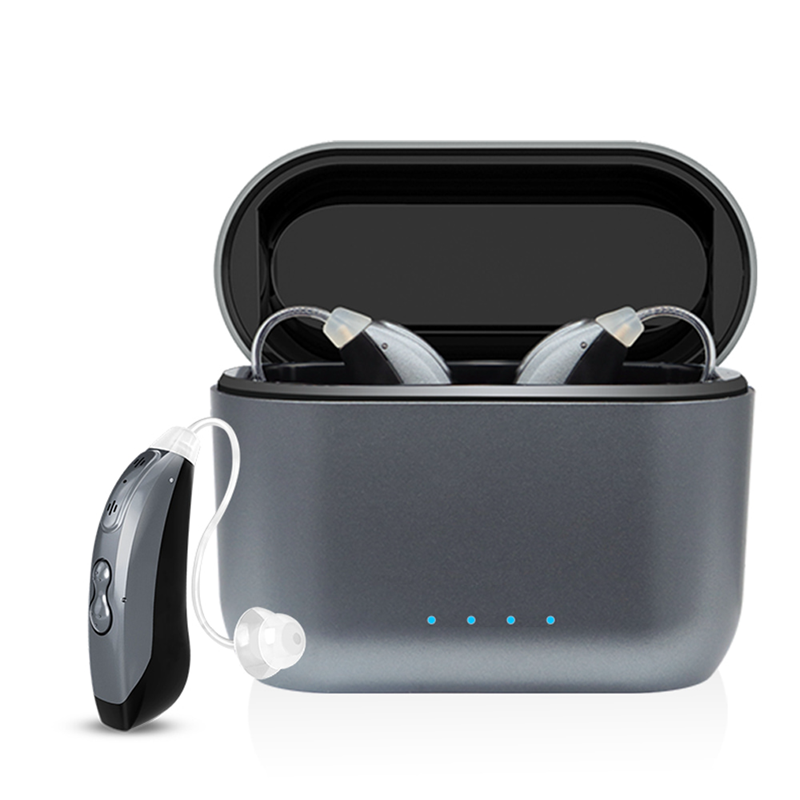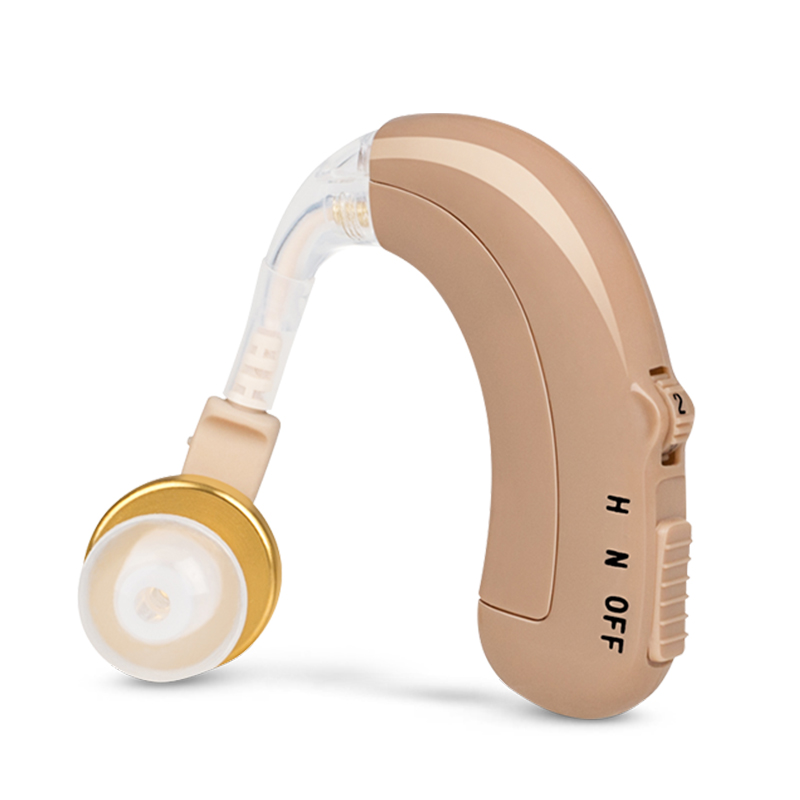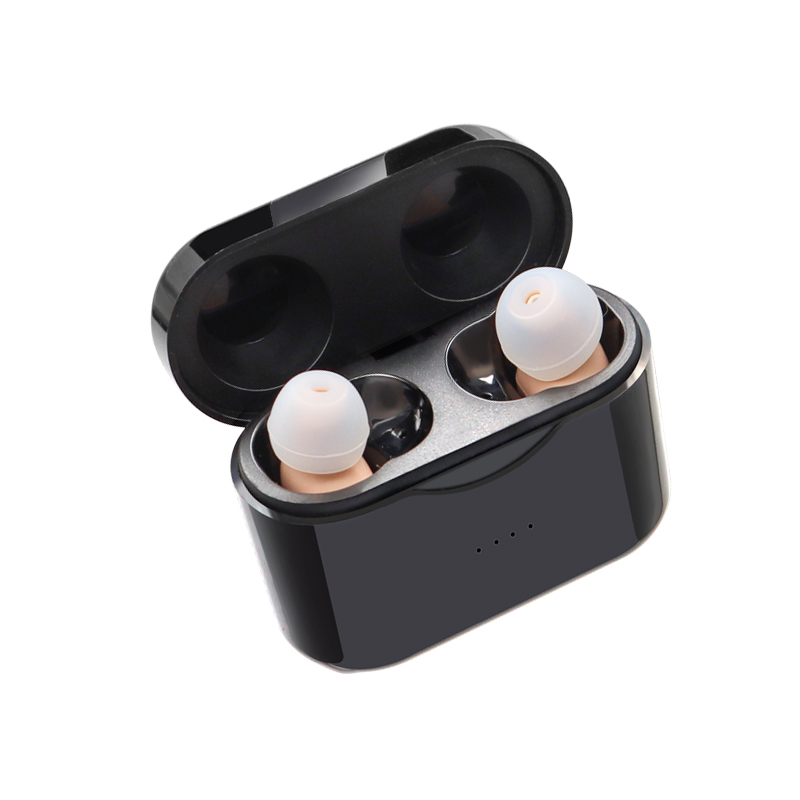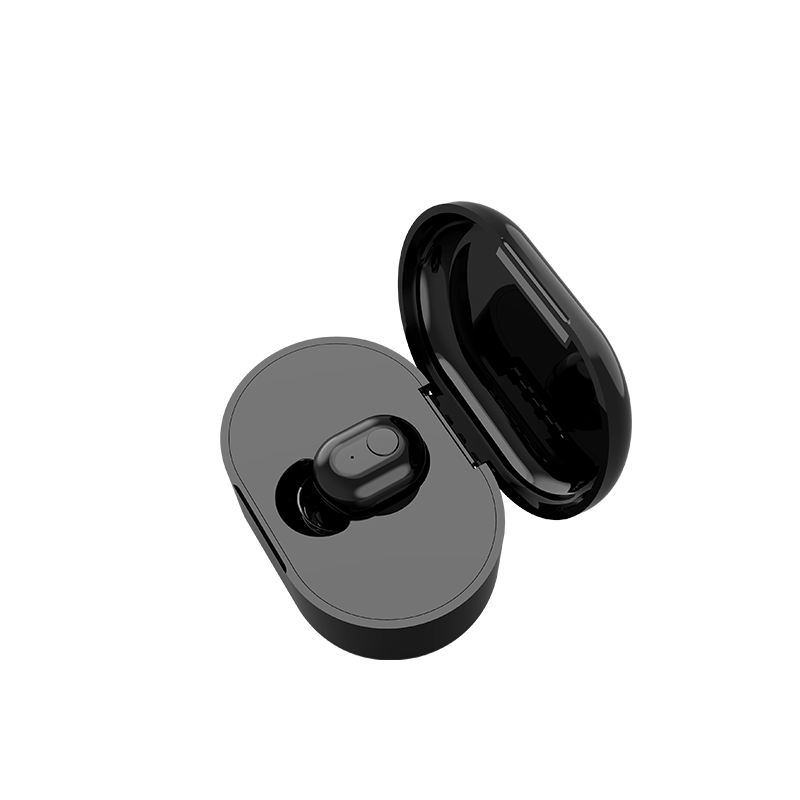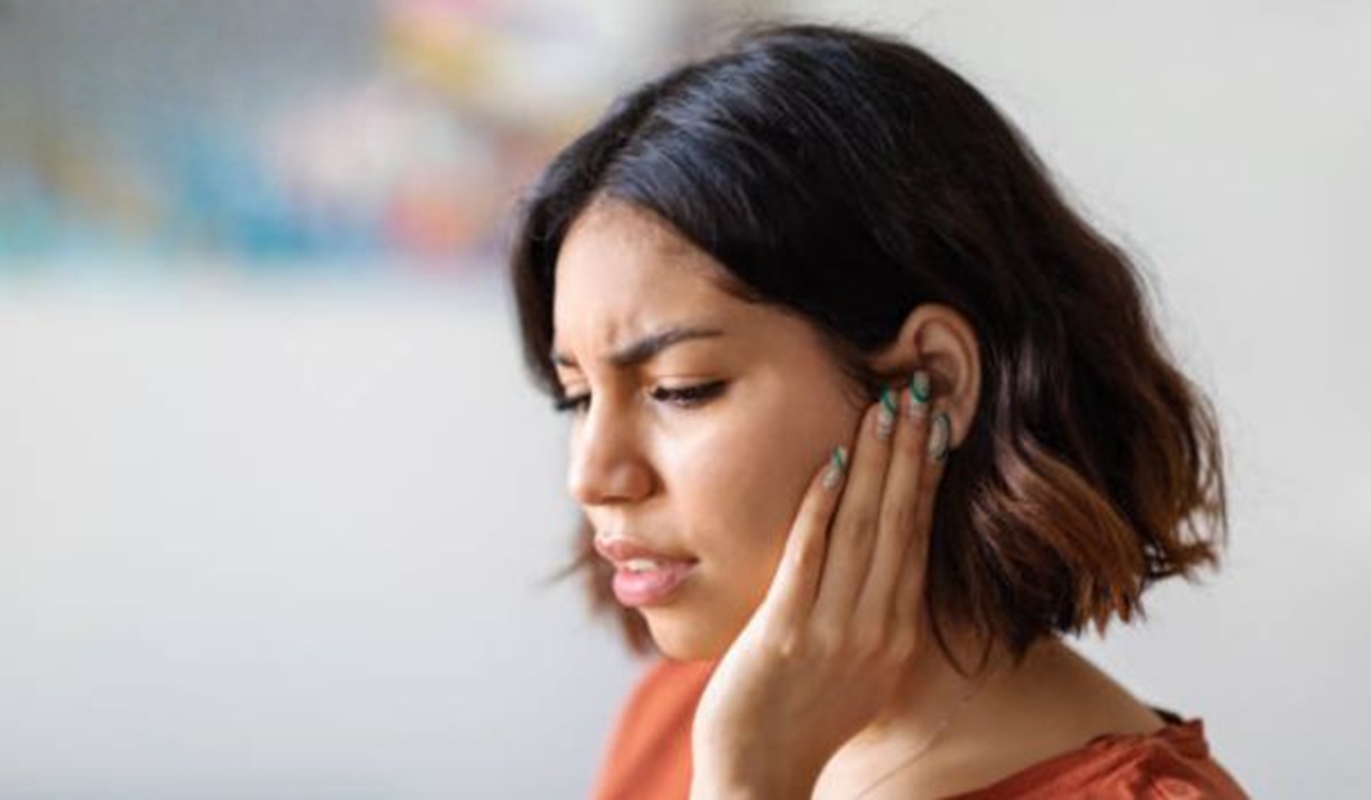The eustachian tube connects your middle ear to your throat. Its chief job is to equalize ear pressure, but it also allows fluid to drain from the middle ear, which is important if you have a cold.
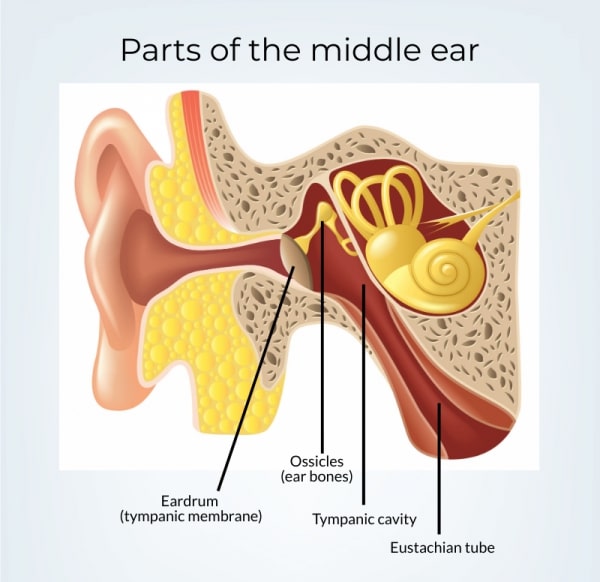
of your throat. It is also known as the auditory tube.
When the eustachian tube doesn't open or close properly, it's known as eustachian tube dysfunction (ETD).
This can lead to ear pressure, pain, or hearing problems. ETD is a fairly common problem, especially among kids.
Types of eustachian tube dysfunction
There are three main varieties of ETD:
- Bario-induced ETD: "Bario" refers to barometric pressure. This kind of ETD is from environmental pressure changes, such as during flying, scuba diving or traveling to high altitudes.
- Obstructive ETD: This means the eustachian tube is stuck in the closed position. When this happens, fluid can accumulate and cause ear pain.
- Patulous ETD: This is the opposite of obstructive ETD. The eustachian tube remains open all the time. This is a rarer condition. People with patulous ETD hear their voice or breathing more loudly.
Common ETD symptoms
Signs that you’re experiencing eustachian tube dysfunction include:
- Ear pain, fullness, or pressure in the ear or throat area
- Changes to your hearing, including muffled sounds, or ringing, popping, or crackling sounds
- Being off balance, dizzy, or experiencing vertigo
Who develops eustachian tube dysfunction?
It can affect anyone of any age or background, but is more common in children than adults. Children are more prone to middle ear infections, largely due to the anatomy of their eustachian tubes.
“Children are still growing and their eustachian tubes are narrower and more horizontal than an adult. This prevents them from draining as effectively,” says Melissa Schnitzspahn, AuD, manager of audiology at The Ohio State University Wexner Medical Center.
Causes of eustachian tube dysfunction
There are many factors that can lead to ETD, and they can be sorted into internal and external causes:
- External: Dysfunction due to environmental pressure, like from scuba diving or a plane ride.
- Internal: Dysfunction due to a cold, allergies, or respiratory or sinus infections.
Risk factors
In some cases, no cause can be found. Factors that may increase your risk of eustachian tube dysfunction include:
- Smoking or substance use
- Allergies
- Air pollution
- Chronic acid reflux (GERD)
- Nasal polyps
- Nasal tumors
What is the treatment?
Most cases of ETD will go away without medical treatment. “Usually once the cause of the ETD resolves (ex. the plane lands) the pressure can release,” according to Dr. Sarah Lundstrom, a fellow of the American Academy of Audiology, a member of Florida Academy of Audiology, and audiologist at HearCare Audiology.
If it doesn’t go away, she suggests:
- Taking a deep breath, pinching your nostrils shut, and exhaling to make your ears "pop." This is called the "Valsalva maneuver."
- Yawning, chewing gum, or swallowing
- Trying over-the-counter medications, such as decongestants or nasal sprays.
When to see a doctor
If the pressure remains in place for several days, or if you’re experiencing a lot of pain, see an ear-nose-throat doctor (ENT), advises Lundstrom. “Possibly untreated ETD can lead to a ruptured eardrum,” she notes.
As you can imagine, the treatment for one type of ETD may not be the same as the treatment for another, Schnitzspahn notes. Some of the possible treatments include the following, according to Stanford Medicine:
- Allergy medications/allergy management, such as taking antihistamines, decongestants, or nasal steroids.
- Surgical treatments, for more severe cases. Your doctor might recommend a myringotomy, during which an incision is made to the eardrum and fluid is suctioned out. You might also need pressure equalization tubes placed into the eardrum.
Bottom line: “If you are experiencing symptoms, you should see a physician to determine the cause and discuss possible treatment options,” says Schnitzspahn.
Preventing ear pressure and pain

There are some steps you can take to reduce the chances that you’ll experience eustachian tube dysfunction.
“Plan ahead if you know you will be in a situation that causes you ETD or discomfort, like taking a decongestant before flying,” suggests Lundstrom.
You can wear specialized ear plugs before you fly (such as EarPlanes), or just make a point of swallowing a lot when the plane descends. It also may help to stay awake during the descent and chew gum or try sucking on a hard candy.
You can also stay on top of allergy symptoms or treat GERD or other factors that might be contributing to your ETD. Plus, stay hydrated—drinking lots of water will help keep your mucus thin.
The above is the interpretation of Eustachian Tube Dysfunction: A Complete Guide provided by Chinese hearing aid supplier Shenrui Medical. Link https://www.srmcm.com/Blog/Eustachian_Tube_Dysfunction_A_Complete_Guide.html of this article is welcome to share and forward. For more hearing aid related information, please visit Blog or take a look at our Hearing aids products


